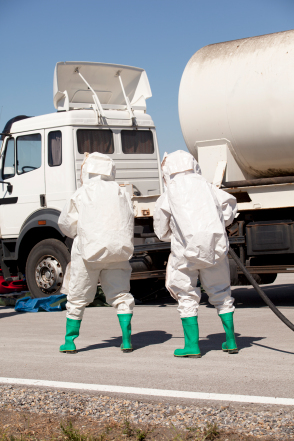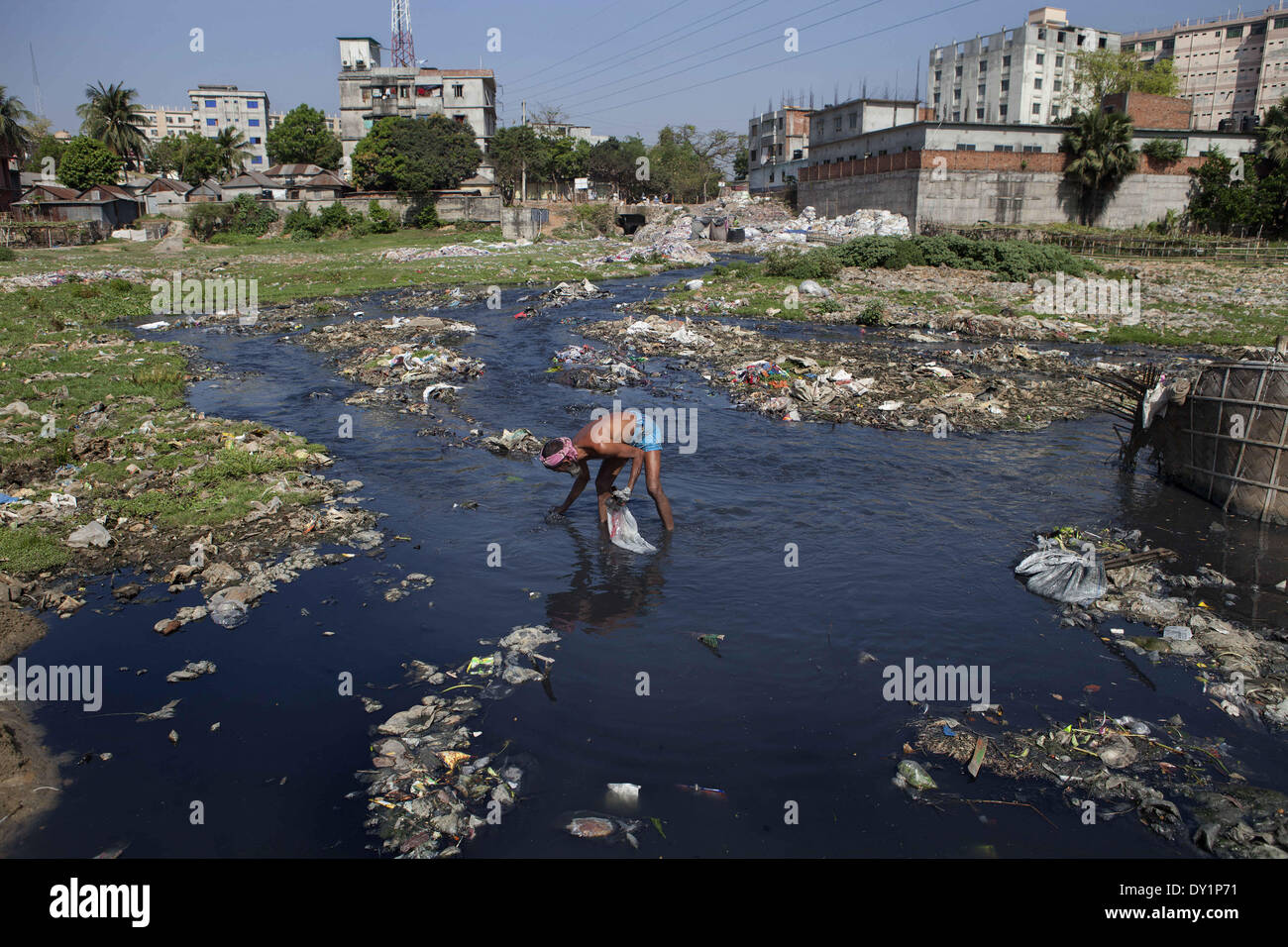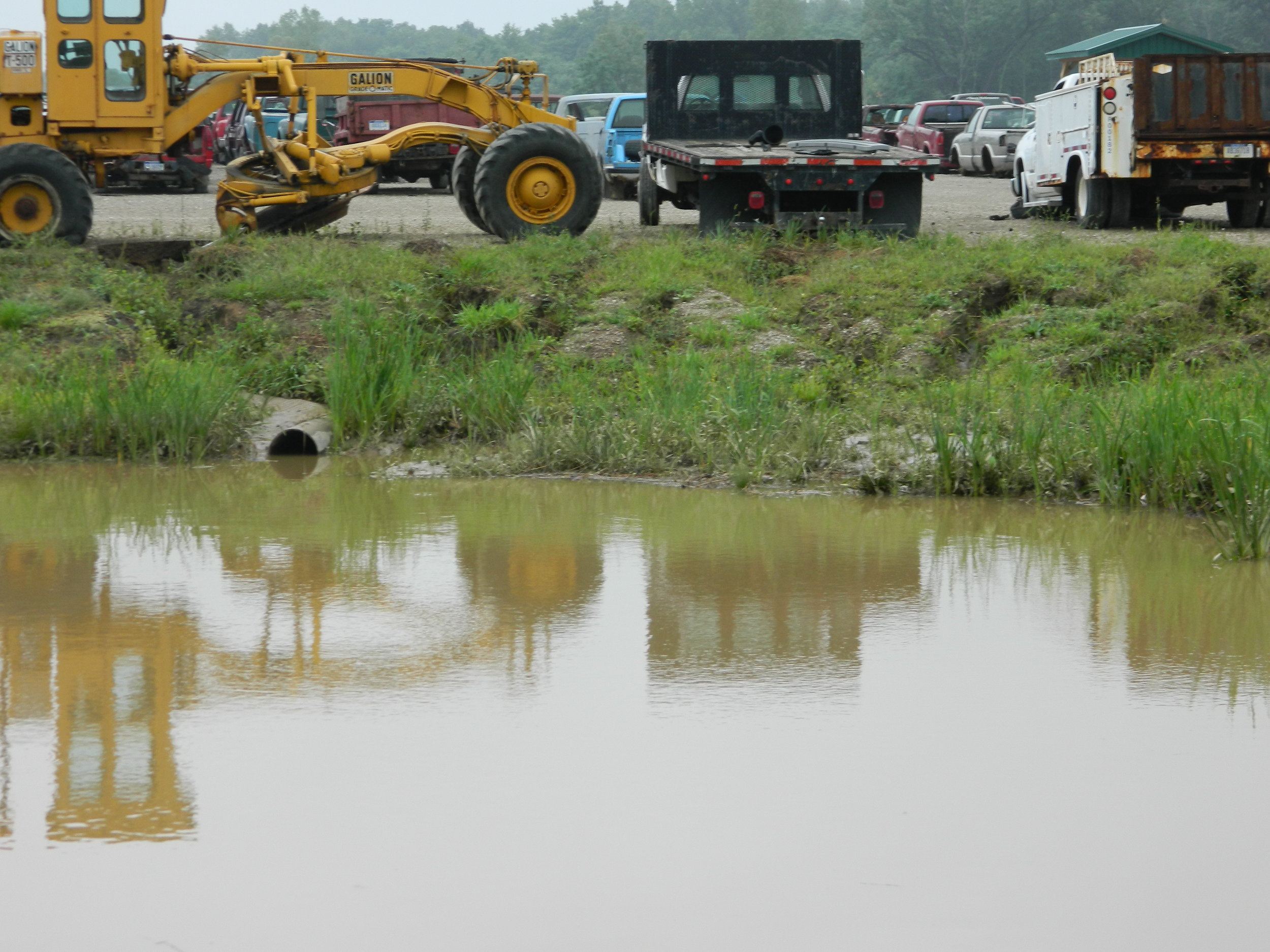Innovative Industrial Wastewater Treatment Solutions: Securing the Environment
Innovative Industrial Wastewater Treatment Solutions: Securing the Environment
Blog Article
How Fluid Waste Disposal Works: A Detailed Overview of Methods and Technologies Employed

Overview of Fluid Waste Kind
The intricacy of fluid waste kinds demands a complete understanding of their characteristics and ramifications for disposal. Liquid waste can broadly be classified right into several types, consisting of commercial, municipal, agricultural, and contaminated materials. Each classification shows distinctive residential properties, calling for particular monitoring approaches to reduce environmental and health and wellness dangers.
Industrial liquid waste stems from making processes and typically contains a range of pollutants, such as hefty steels, solvents, and organic substances. Local liquid waste, primarily comprising wastewater from houses and business facilities, contains organic issue, nutrients, and virus (industrial wastewater treatment). Agricultural liquid waste, including overflow from farms, may consist of plant foods, chemicals, and animal waste, presenting dangers to water quality and communities
Harmful liquid waste is defined by its poisoning, sensitivity, or prospective to create injury. This category includes materials like acids, bases, and specific chemicals that necessitate stringent handling and disposal protocols. Comprehending these varied liquid waste types is crucial for creating efficient disposal techniques and guaranteeing compliance with environmental guidelines. Appropriate category and characterization are vital for applying suitable therapy techniques and decreasing the unfavorable effect on public wellness and the atmosphere.
Physical Therapy Methods

Testing is the preliminary step, where bigger fragments and particles are eliminated from the liquid waste utilizing screens or grates. In sedimentation storage tanks, much heavier particles work out at the base, creating a sludge layer, while the cleared up fluid can be further treated.
Filtering is another necessary method that involves passing the fluid via porous products, such as sand or membranes, to capture smaller sized fragments. This step boosts the top quality of the liquid, making it suitable for succeeding therapy procedures.

Chemical Therapy Strategies
Chemical treatment strategies are essential for properly taking care of liquid waste, particularly in resolving dissolved and colloidal impurities that physical approaches may not properly eliminate. These strategies use numerous chemical representatives to counteract, precipitate, or transform hazardous substances right into less hazardous forms.
One common approach is coagulation and flocculation, where chemicals such as alum or ferric chloride are contributed to advertise the gathering of put on hold particles. This procedure boosts sedimentation, enabling for much easier elimination of the resulting sludge. In addition, oxidation processes, utilizing agents like chlorine or ozone, are used to break down intricate natural substances and pathogens, rendering the waste more secure for discharge or more treatment.
Neutralization is another crucial method, which readjusts the pH of acidic or alkaline waste streams to neutral degrees, preventing possible damage to downstream systems and the setting. Additionally, progressed oxidation processes (AOPs) utilize combinations of oxidants and ultraviolet light to deteriorate relentless toxins, accomplishing a greater level of treatment effectiveness.
Biological Treatment Processes
Biological therapy procedures play a critical have a peek at this site function in the management of liquid waste by using microorganisms to disintegrate raw material and reduce pollutant degrees. These procedures can be broadly categorized into anaerobic and aerobic treatments, each using specific microbial neighborhoods to achieve effective waste destruction.
Cardiovascular treatment entails using oxygen to assist in the breakdown of natural products by germs. This process is frequently carried out in turned on sludge systems, where oygenation containers offer a conducive atmosphere for microbial growth, resulting in the oxidation of organic contaminants. The resultant biomass can be divided from dealt with effluent via sedimentation.
In comparison, anaerobic therapy takes place in the absence of oxygen, depending on different microorganisms to break down natural issue. This approach is particularly advantageous for high-strength waste, as it produces biogas, a sustainable energy source, while minimizing sludge production. Technologies such as anaerobic digesters are often utilized in municipal and commercial applications.
Both anaerobic and cardiovascular organic treatments not only reduce the environmental influence of liquid waste but additionally facilitate resource recovery, making them essential elements of sustainable waste monitoring techniques. Their performance, adaptability, and effectiveness support their prevalent execution throughout numerous fields.
Arising Technologies in Disposal
Innovative methods to liquid garbage disposal are quickly developing, driven by innovations in technology and a boosting emphasis on sustainability. Among these arising innovations, membrane bioreactors (MBRs) have gained traction for their capacity to incorporate biological therapy with membrane purification, leading to top quality effluent that can be reused in various applications. MBRs make it possible for smaller footprints and much more effective procedures contrasted to conventional systems.
An additional encouraging development is the usage of anaerobic digestion combined with nutrient recovery modern technologies, which not only deals with fluid waste however also generates biogas and recovers valuable nutrients like nitrogen and phosphorus. This twin benefit boosts resource efficiency and lowers environmental impact.
Furthermore, advanced oxidation processes (AOPs) are being embraced for the deterioration of intricate natural toxins. These techniques use powerful oxidants and catalysts to damage down impurities try this site at the molecular level, offering a highly efficient option for tough waste streams.
Furthermore, the assimilation of fabricated knowledge and artificial intelligence in waste management systems is enhancing operational performance and predictive maintenance, leading to reduced expenses and boosted ecological compliance. These innovations show a considerable change in the direction of more sustainable and efficient liquid garbage disposal practices.
Verdict
To conclude, effective liquid garbage disposal demands a detailed understanding of various strategies and modern technologies. The assimilation of physical, chemical, and organic treatment approaches makes certain the efficient monitoring of varied waste kinds. Furthermore, the appearance of cutting-edge modern technologies boosts treatment effectiveness and advertises sustainability in waste administration practices. By continually advancing these methodologies, it becomes feasible to deal with the expanding challenges connected with liquid waste, eventually adding to environmental management and resource healing.
Fluid waste disposal is an important facet of ecological monitoring, calling for a detailed understanding of numerous strategies and technologies customized to different waste types. Fluid waste can generally be classified right into several my site types, including commercial, municipal, agricultural, and dangerous waste. Agricultural fluid waste, consisting of overflow from ranches, might contain plant foods, pesticides, and pet waste, posturing threats to water top quality and communities.
Various physical therapy techniques play an important role in managing fluid waste effectively - industrial wastewater treatment.In conclusion, efficient liquid waste disposal demands a detailed understanding of numerous techniques and innovations
Report this page